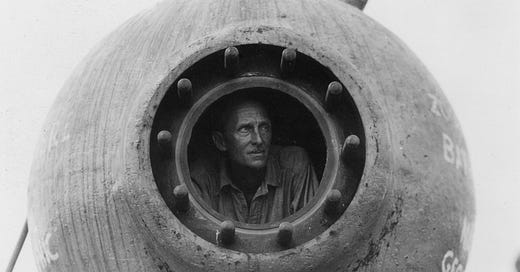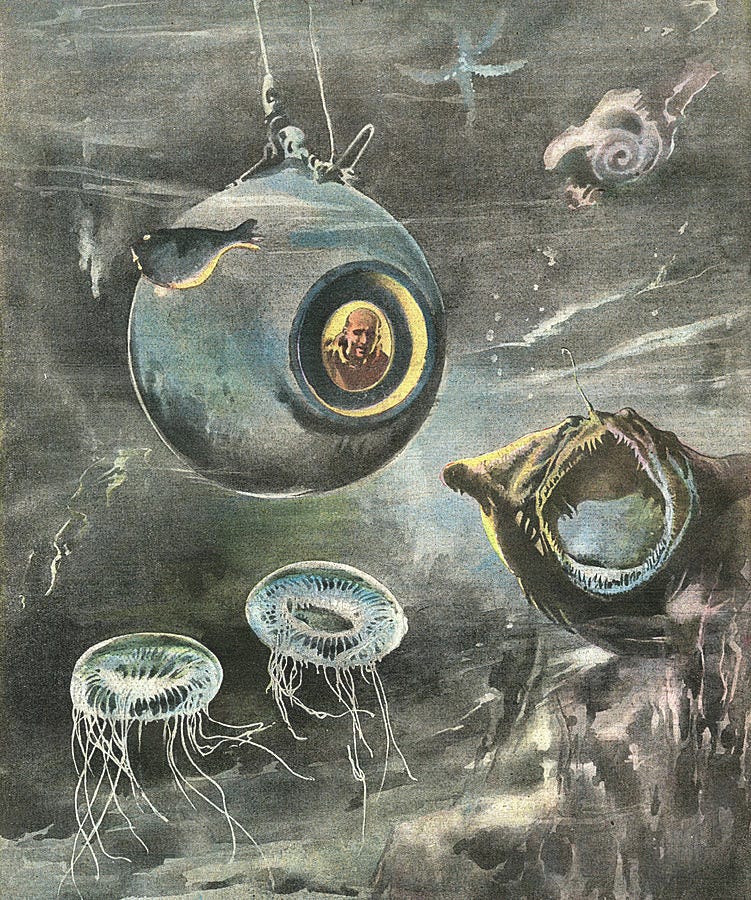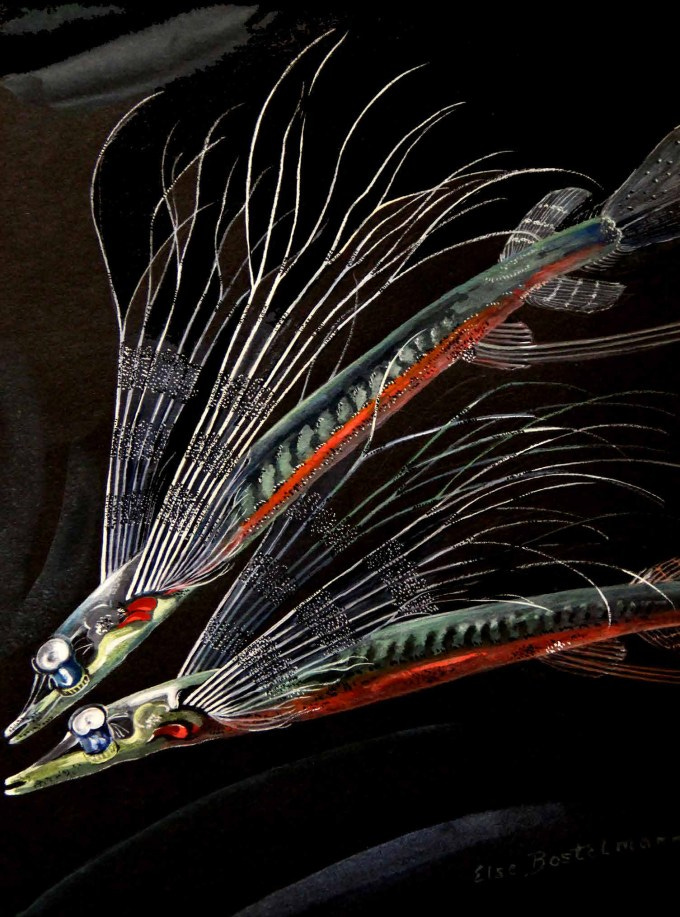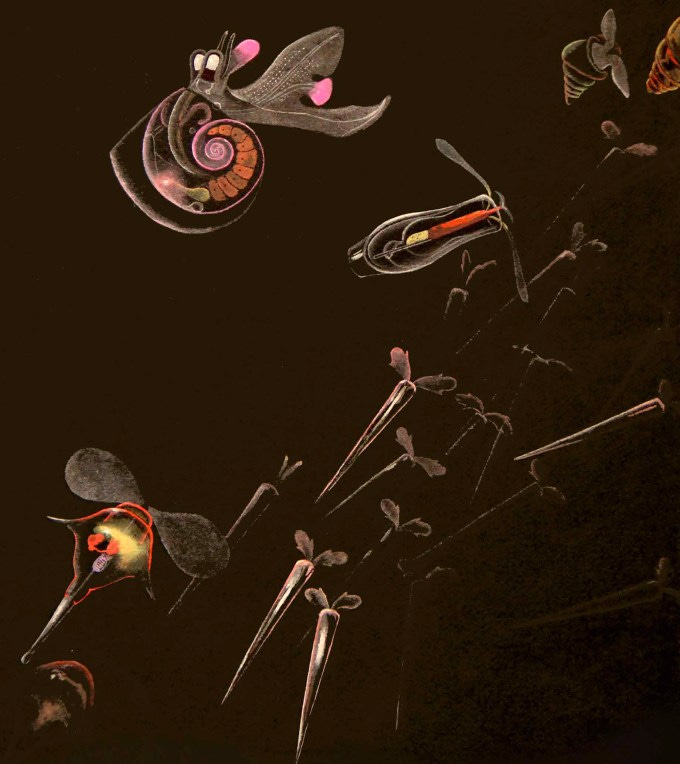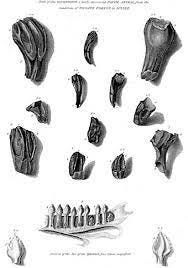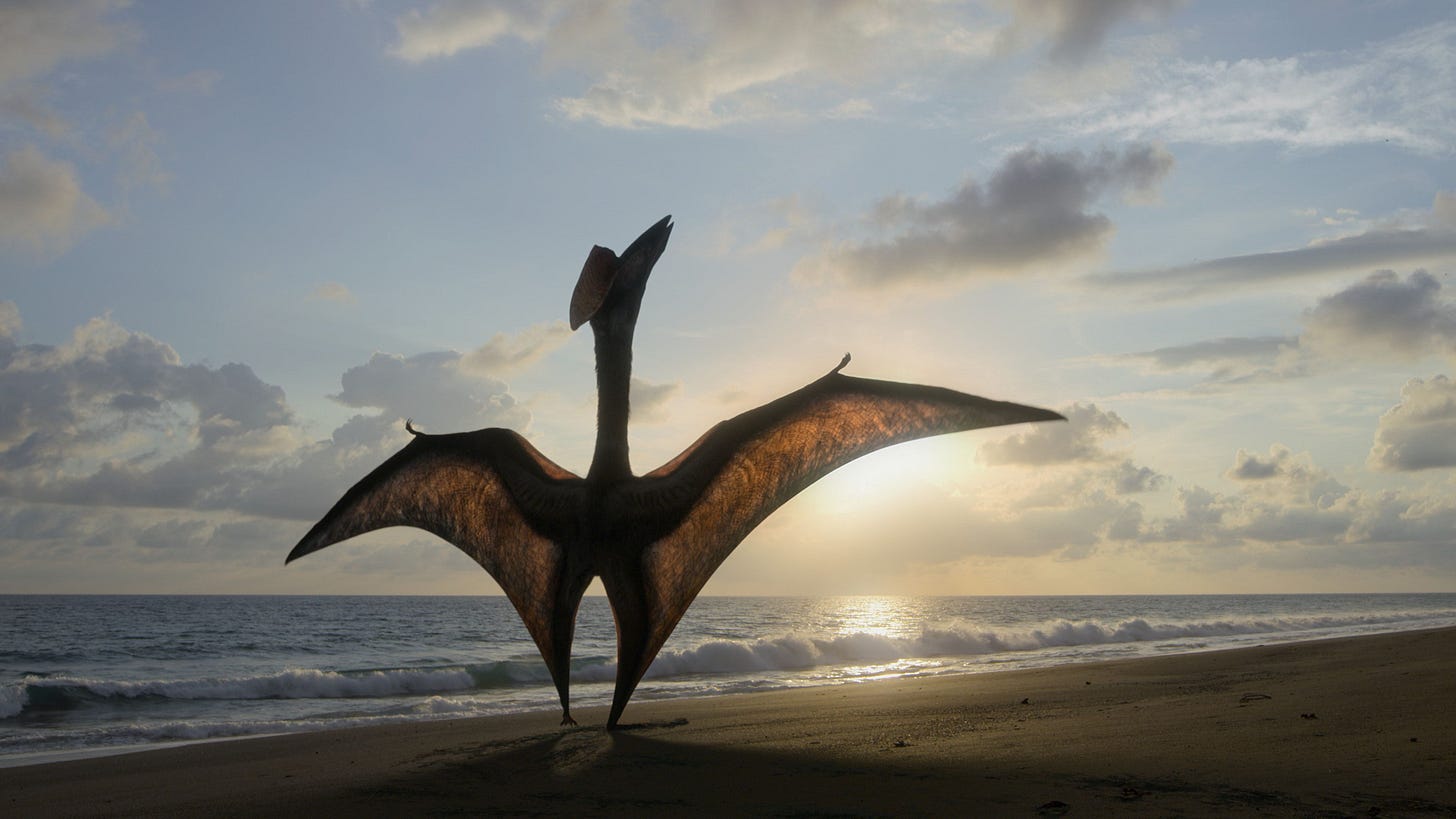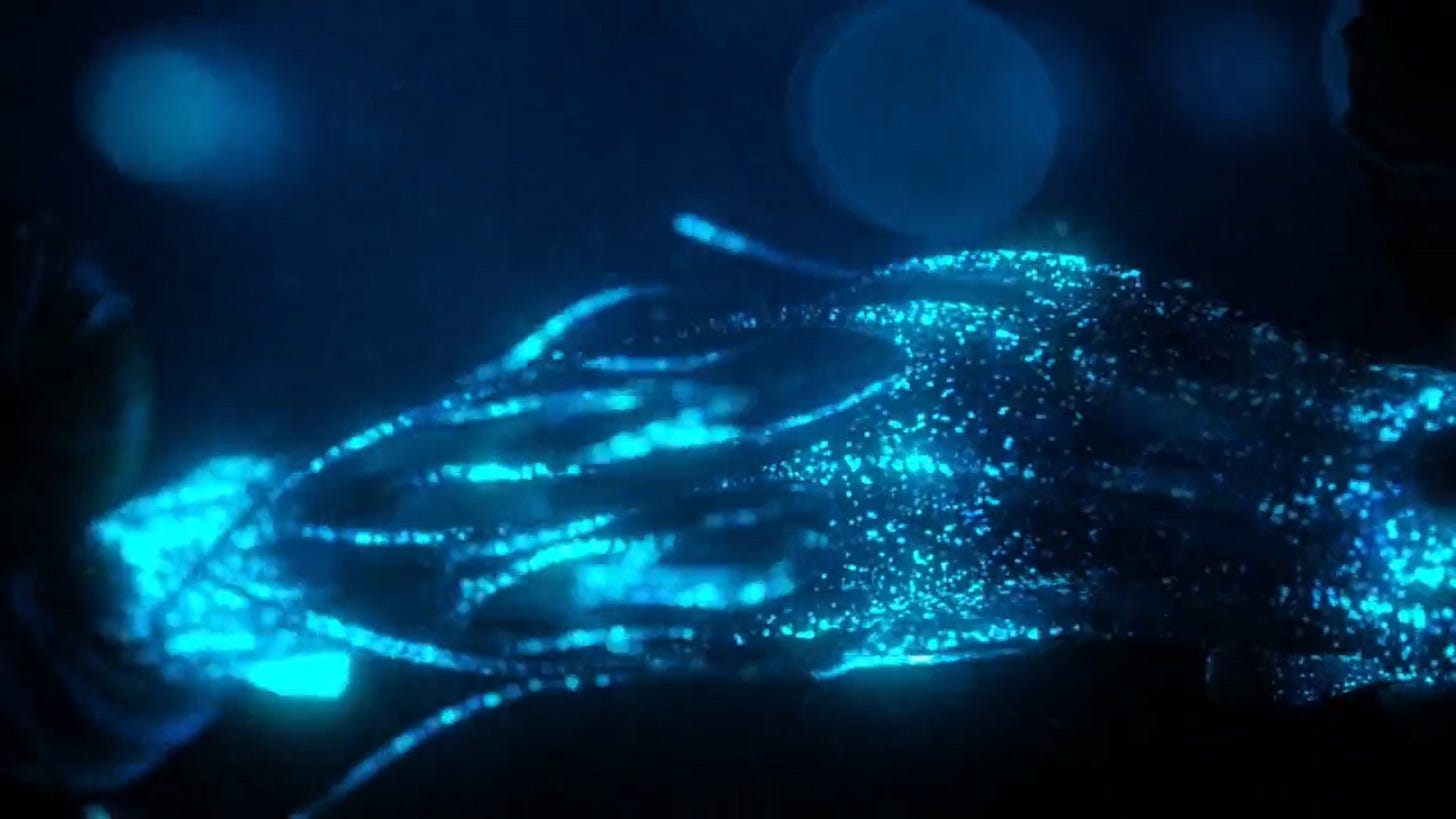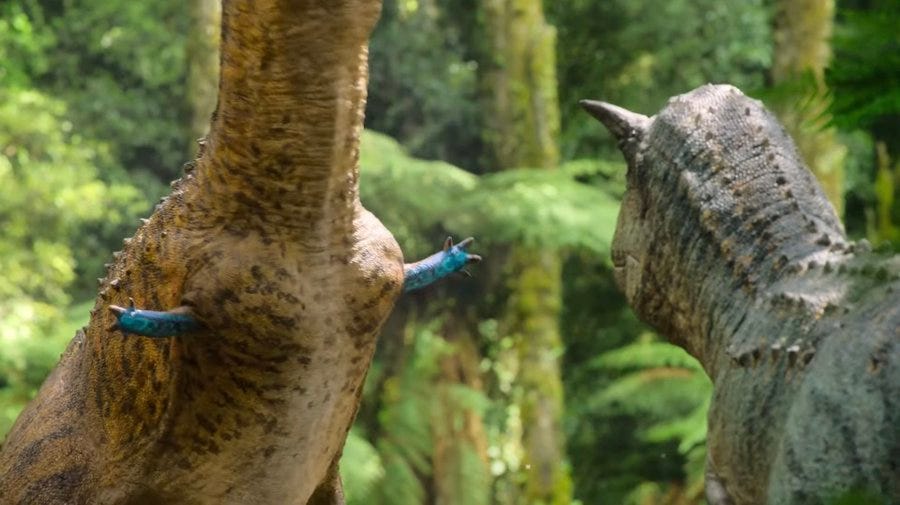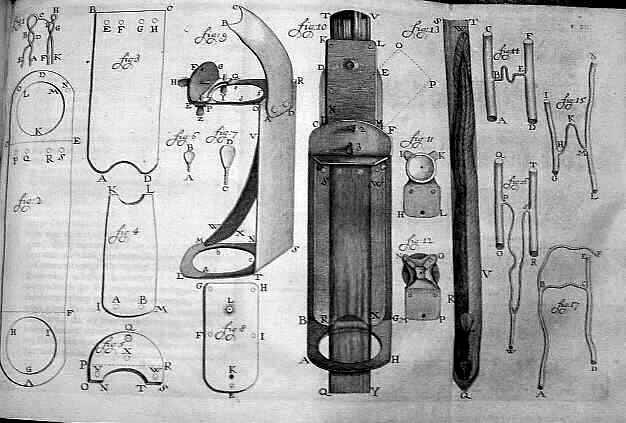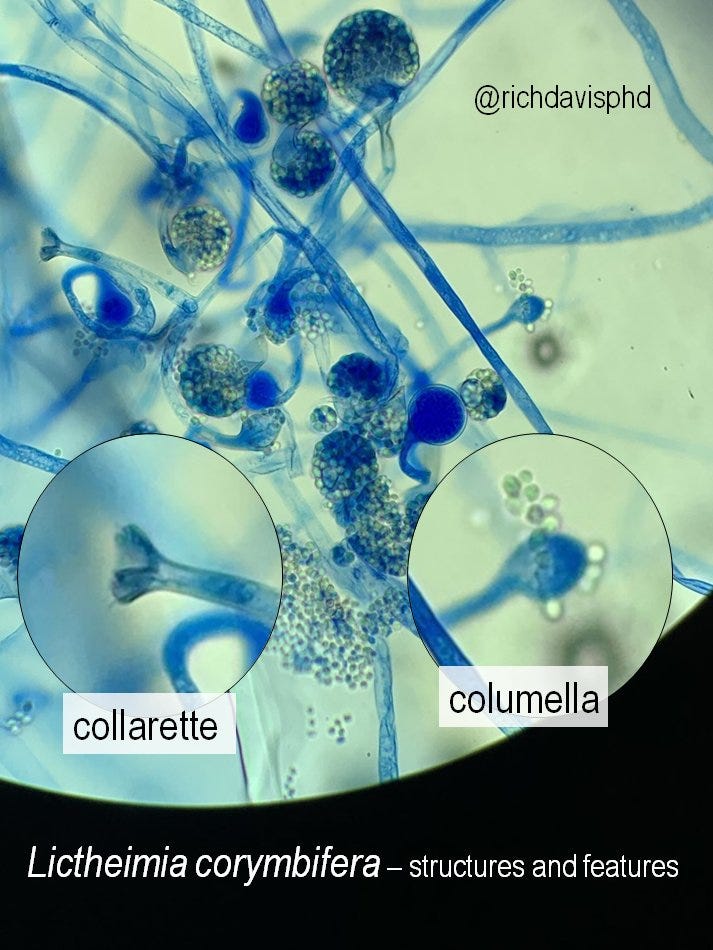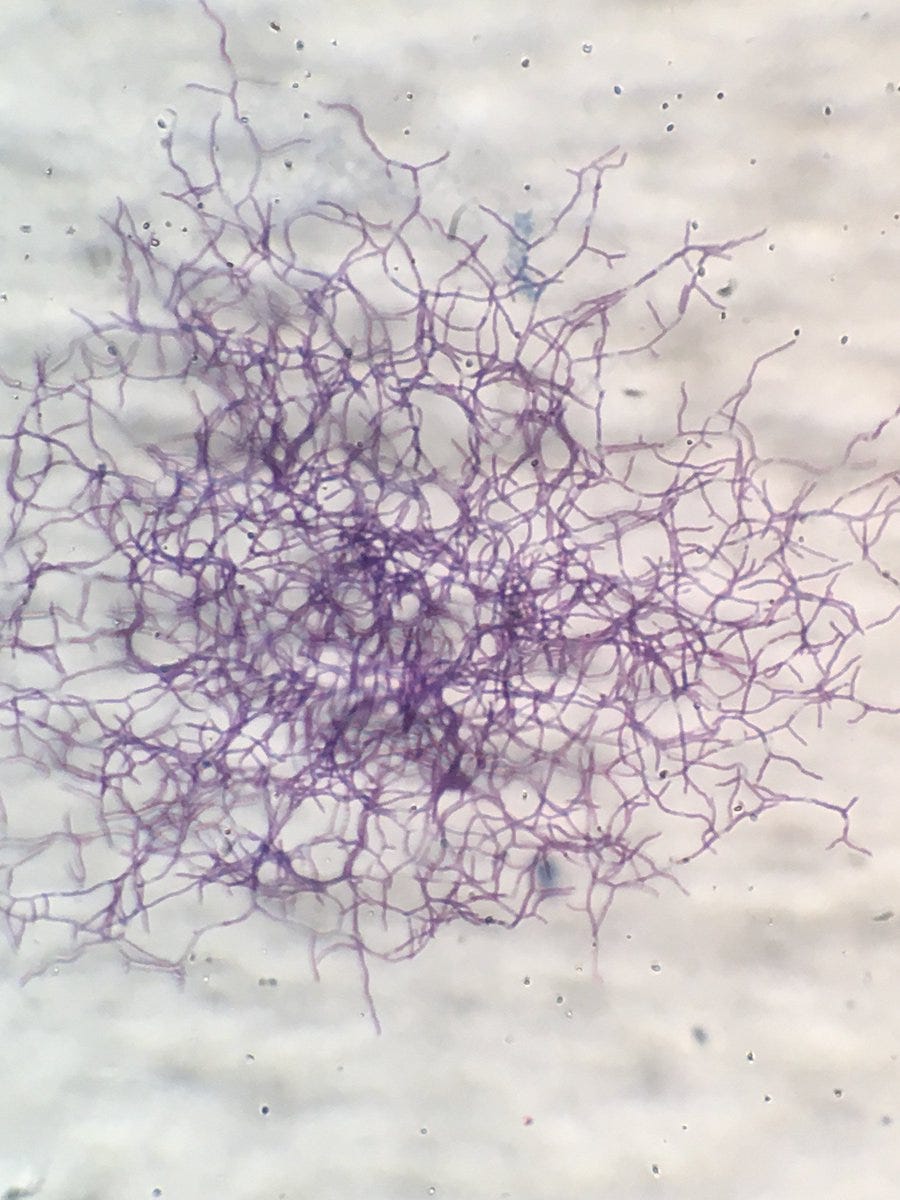What worlds await our exploration?
Sharing the goosebumps I got when I read about the first man to see the deep ocean, to imagine a dinosaur, and to take the first look at a microorganism. So many unexplored universes.
“How our conceptions crack; constructions fall.
The narrow world walked darkly and well-known
Will burst asunder, strangely beautiful
For all our fear as favourite walls come down.” - Louis Johnson, Age of Discovery
In 1877, a zoologist named William Beebe took 17 months to circle the globe studying and documenting the world's pheasants.
Later he would spend hours of every day sitting stationary, binoculars up to his eyes, closely observing the insects of the Venezuelan jungle.
But before that, he became obsessed with exploring the animals of the ocean.
William moved to Bermuda and spent his days scuba diving, but he kept wondering what worlds lie deeper in the parts of the ocean unexplored by humans.
In 1920, he published his dreams of of deep sea exploration in the New York Times and received hundreds of sketches and designs of potential vessels capable of such a feat, as everyday people entertained their own inner oceanographer.
Beebe hired an engineer who proposed a spherical vessel made of iron with room for just one passenger inside the ball. The vessel was called The Bathysphere.
The design was a good one. In 1927, William's eyes were the first human eyes to see the ocean 3000 feet deep.
Words failed him as he tried to describe iridescent eels, bright neon fish, translucent sea dragons, sabor-toothed viper fish.
Can you imagine being the only person to ever have visited this whole new world?
The honor! The goosebumps! The longing to describe the newly discovered world to the surface world.
Ingeniously, Beebe and his engineer installed a telephone line to the Bathysphere. Through the line, William would describe the plants and animals he was seeing in real time to an artist named Else Bostelmann, who did her best to serve as visual translator of oceanic animals she could scarcely dream of.
Unreal. The colors, textures, creatures, ecosystems, conflict and everyday life of a world no human had ever seen before.
Yet existed right under our noses.
“What is it shines upon the distant sea--
Mermaid or monster, some outrider of
Lost continents whose gold eternity
Renders a shambles of our world of love?” - Louis Johnson, Age of Discovery
In 1822, a doctor named Gideon Mantell was pursuing his passion project- uncovering and identifying fossils in South Downs, England, when he and his wife uncovered a very large set of teeth. He could not identify them, and suspected they may have stumbled onto some undiscovered creature.
While Gideon showed the teeth to many scientists, each time Gideon's new creature theory was dismissed as the experts believed the bones belonged to a fish or rhinosaurus or some other mammal.
Gideon remained convinced they were something quite different. The animal whose teeth most closely resembled the fossilized teeth was the iguana, only 20 times larger. Gideon proposed a 60 foot iguana could have roamed the earth at some point and was mocked throughout the scientific community for it.
Many years later, he was proved correct and named his new creature the "iguanadon": the first name for a class of creatures that would later be known as dinosaurs.
But the world of dinosaurs remained largely a mystery for many more decades. "Dinosaur" didn't become a household word until the early 20th century, as the world started to recognize what Gideon had once hardly dreamed of- for a stretch of 175 million years these creatures dominated the world we’ve now been dominating for less than half a million years.
This would have been unthinkable to our great great grandparents.
Each night after dinner last week, our family sat down on our soft brown sectional and watched Prehistoric Planet: a masterpiece of history, scientific discovery and art fronting as a dinosaur show, narrated by David Attenborough as any epic nature show is.
Words failed us as we were swept away watching the long necks of the Tuarangisauruses crouching through caves to find their Atlantis of pebbles to eat to aide in their digestion,
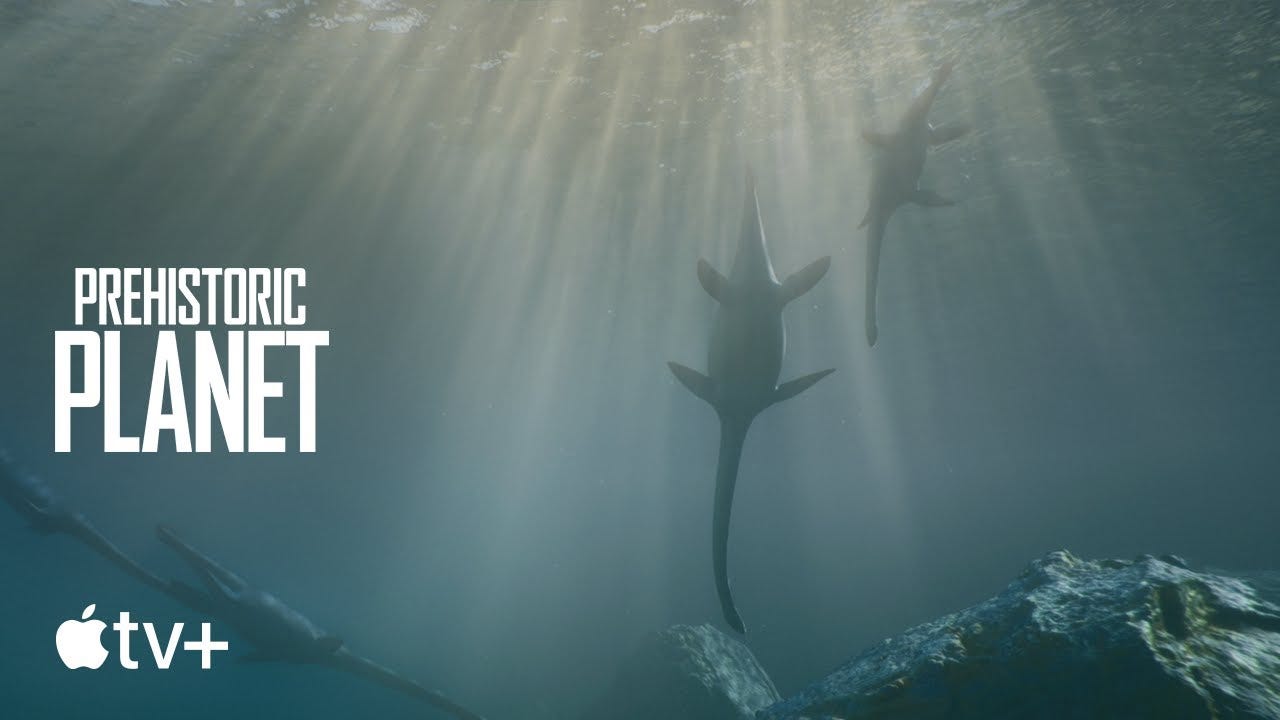
the other-wordly glow show of florescent ammonites mating,
and our family’s personal favorite- the mating dance of the Carnotaurus, which my children have since reenacted dozens of times complete with miniature jazz hands.
What an honor to be given a glimpse into this whole new universe- the colors, textures, ecosystems, dynamics and everyday life of a world no human has ever seen before.
Yet whose remnants exist right under our noses.
“We had not looked because it might disturb;
Speak a strange language, or tear down the fear
Which clothed our safety. Someone took that word,
Gave a new meaning to the question, ‘Where?’” - Louis Johnson, Age of Discovery
In the 1660s, an owner of a linen-draper shop in the Netherlands named Antonie van Leeuwenhook wanted a closer look at his fabrics than his household magnifying lens offered him in order to better determine the quality of thread.
He started tinkering with glass and heat to create a better lens. Pretty soon, unbeknownst to him, he invented the world's first microscope.
His curiosity soon veered away from fabric and into the living world. Antonie started examining bees, moss, pond water and lice under his new lens, capable of 275x magnification.
Antonie became the first human to view the world of microorganisms, which he called animalculues, meaning "small animals." Before him, the existence of single-celled organisms was entirely unknown.
When he wrote to the Royal Society of London, the scientific epicenter of its time, of his discovery, the Royal Society sent over an Anglican minister to determine whether he was viably insane.

(fun sidebar: When a Roman scholar living in the first century named Marcus Varro wrote that "certain minute creatures that cannot be seen by the eyes, which float in the air and enter the body through the mouth and nose and they cause serious diseases. " people of his day thought he had lost his marbles as well.)
Eventually the scientific community of his time listened to Antonie, and science text books now attribute the discovery of bacteria, the vacule of the cell and the banded pattern of muscle tissue to Antonie.
Can you imagine being the first to discover a world no one else on earth had ever seen?
My husband is a microbiologist. When he was in grad school, he would get lost for hours at a time in the world of microorganisms through his microscope. Sometimes he would look for so long he would get seasick.
Still he often comes home and shows me pictures of his slides of the invisible world living in our blood cells, a sponge, a tick.
For your viewing pleasure, here is a small smattering of pictures he has taken of his slides under the hashtag #randomlabprettiness on Twitter:
So cool he gets to visit new worlds of colors, textures, animals, creatures, lives, ecosystems and universes completely unseen.
Yet moving vibrant and alive right under our noses.
What worlds await my exploration I wonder?
The human brain? Each one an irreplicable metropolis of high paced trade, commerce, love. Each neuron making tens of thousands of synaptic contacts with other neurons. A grain-of-sand-sized piece of brain tissue containing 100,000 neurons, one billion communicating synapses.
My partner’s inner landscape? After 13 years of marriage, I scarcely have the roughest outline written in chicken scratch. I have miles left of unexplored trails, terrain, vistas of his inner world to fill in on my map.
How about just one of the 200 billion galaxies out there? Each one teaming with solids, liquids, gases, life, conflict, colors we know nothing about. Just going about their daily business far beyond the scope of my eyesight as I squint at the stars.
A pair of eyes? Any eyes- a wasp’s, my child’s, a potato’s - hidden universes in each.
The world as seen by the roly poly in my herb garden?
The hillsides of coastal Northeastern Scotland I read about in my copy of Lonely Planet UK?
The feeling of embarrassment? A whole universe in that one feeling.
Rumi’s poems?
My own soul?
One cell of skin on my pinky finger?
Universes on universes on universes now sit. Without my notice. Quietly moving about the universe we share.
Right under my nose.

